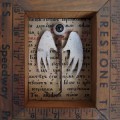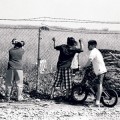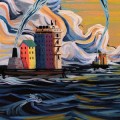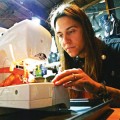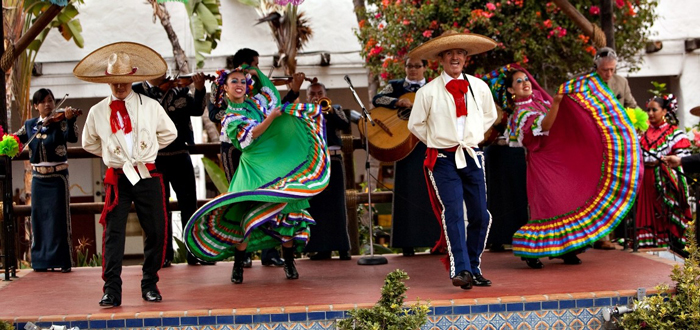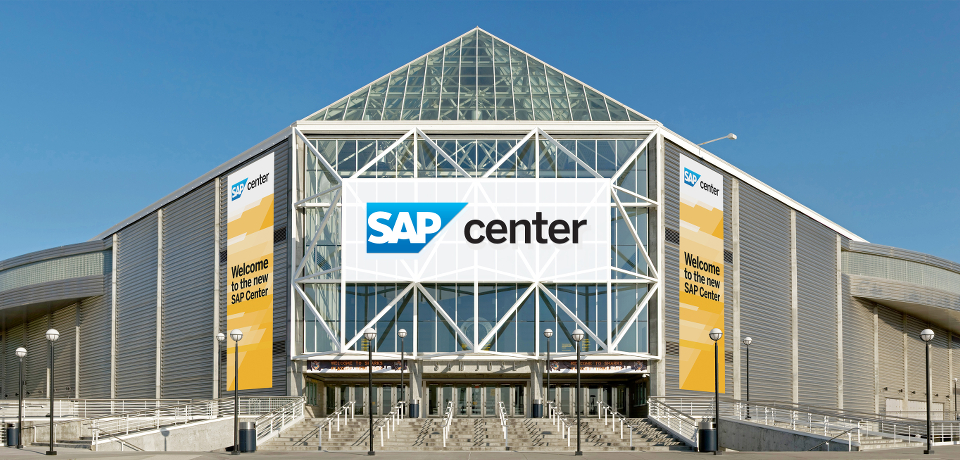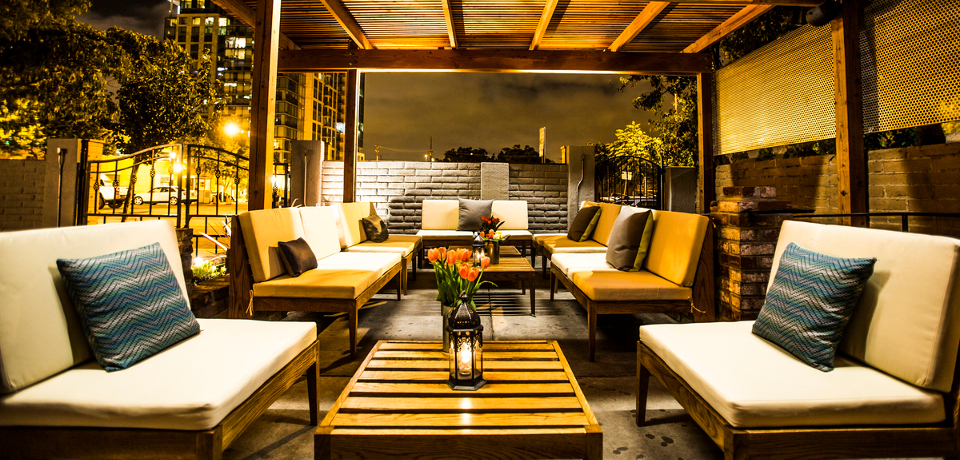After graduation from the University of Wisconsin at Madison in 1966, Tony May began teaching at San Jose State College, as it was then called. He learned of a faculty position from one of his committee members, so he decided to “go West” and apply for the job.
Forty years later, he finally retired, but he still lives in the same downtown San Jose house he bought for peanuts in the early ’70s. Now a professor emeritus at SJSU, May continues to hang out in the gallery scene, both on campus and out in the city.
Almost anyone else who has infiltrated the San Jose arts community during those last four decades knows Tony May—he’s been around longer than almost anyone. Reflecting on his career over tea in his kitchen, he spilled a portion of his life story. Back in the postwar generation, it was simply much easier to go to art school.
“Those were the boom years for teaching,” he said, “because there were so many art departments all over the country, brand-new and expanding. Universities starting thinking, ‘Well, maybe we can have an art program,’ because it wasn’t traditionally part of the university curriculum. So they were all suddenly adding art programs. When I graduated, everyone of my classmates got a job teaching.”
In 1977, WORKS/San Jose, an alternative art and performance space, first opened up at Vine and Auzerais, in an old meat-market building. May was not one of the official founders, but he was there. He was one of a clique of folks inspired by places like 80 Langton St. in San Francisco, venues that perpetrated the visual art/performance crossover scene that was beginning to emerge. May and others thought San Jose would be “less embarrassing” if it actually had an art gallery.
“We were looking for something that was in touch with some kind of art that wasn’t being seen around here,” May recalled. “It wasn’t easy to define. There was a pretty big, growing movement of performance art and all that stuff, happening in cities throughout the country. San Jose had nothing like that. San Jose didn’t even really have much of a museum yet. The museum didn’t have much backing and they didn’t have very much sophistication either, as far as what they showed.”
At WORKS, May became the first president of the board, almost by default, after a falling out with another clique of folks who were initially involved at the beginning. The gallery and performance space subsequently became an ever-changing, quasi-anarchistic operation.
In those days, there was no way to make any money in San Jose as an artist. It was impossible. “I don’t if there’s ever been anything to do, anywhere, as an artist, as far as making a living.” May said. “About the only way I knew of to make a living—for most of my friends—was to make a living by teaching.”
“Old Technology,” a 45-year retrospective of May’s career opening Friday at the San Jose Institute of Contemporary Art, includes works in a variety of media. He originally started out in large-scale ceramics and painting before eventually devising a body of work centered on stretched canvas-and-wood forms. His larger ceramic works weren’t portable, so he sometimes even left them under staircases for the landlord to deal with. As a result, he began to paint on canvases that could be folded up and packed away, in case he needed to move again.
May’s body of work appears to explore the gray area between what’s serious and what’s whimsical—the position of the artist trying to wrestle with his own jaded self. He is both a farm boy with a great deal of hand-making skills and a jaded professor who’s seen decades’ worth of students trying to create art. The SJICA show includes work going back to 1965, including two pieces from his graduating show before he even came to San Jose.
“It’s kind of almost embarrassing to have that much work available,” he said with a laugh. “It’s indicative of a person who really holds on to everything, sort of like a pack rat, and a person who never really got out there and made an effort to sell.”
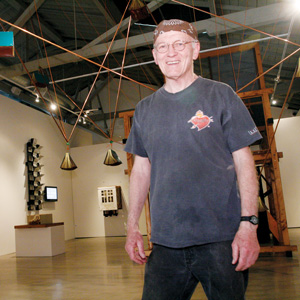
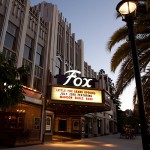 Historic Fox Theatre in Redwood City
Historic Fox Theatre in Redwood City 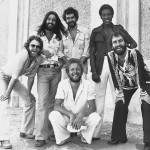 Average White Band
Average White Band 